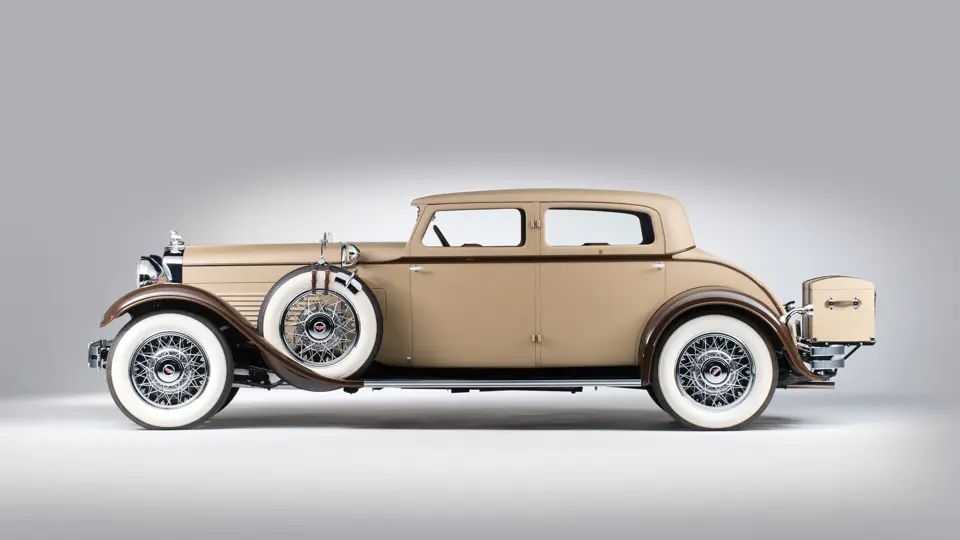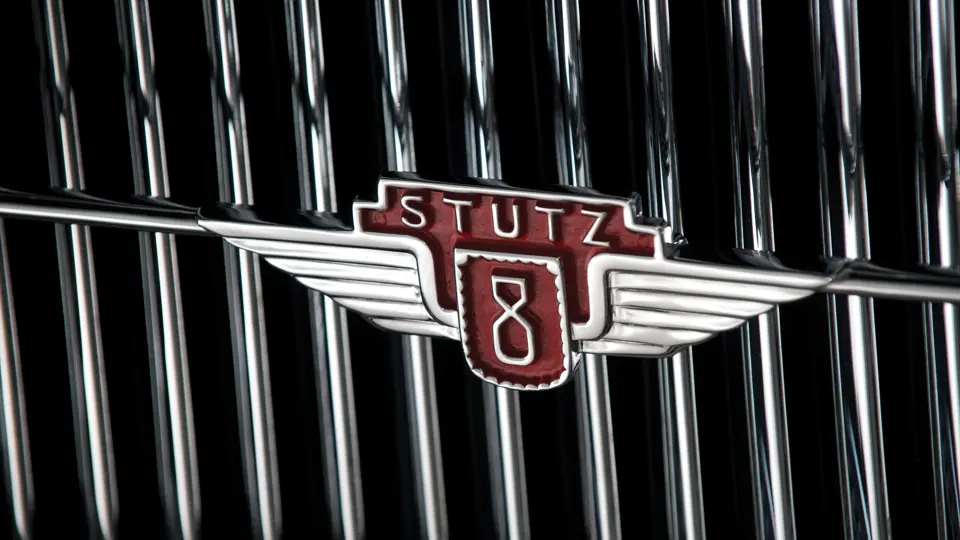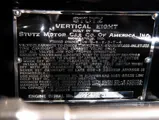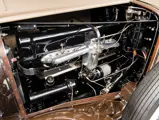113 bhp, 322 cu. in. single overhead-camshaft inline eight-cylinder engine, three-speed manual transmission, solid axle front and rear suspension with semi-elliptic leaf springs, and vacuum-assisted four-wheel hydraulic brakes. Wheelbase: 145 in.
If one ventured onto a racing circuit in the late-1920s, especially in Europe, there was not a lot of shiny paint to be seen. Fabric bodies, developed by Frenchman Charles Weymann, were all the rage. Replacing clunky, cranky metal panels with sheets of padded fabric, usually Zapon imitation leather, over cotton-padded wood created an automobile with a unique matte finish that was somewhat soft to the touch. Weymann patent bodywork was durable and quiet. More importantly, it was lightweight, which meant that cars equipped with it were rapid indeed.
Stutzes were popular in Europe, and the American automaker realized the value that European styling flair would add to its products on both sides of the Atlantic. As a result, in the late-1920s, the Weymann American Body Company, a Stutz neighbor in Indianapolis, began to produce the so-called “Chateau line” of closed fabric bodies for Stutz chassis, carrying distinctive model names inspired by the ritziest Riviera locales. Stutz described the Chateau line bodies as “a strictly European offering—contours formerly associated only with Bentley, British Rolls Royce, and Hispano—and interiors that carry no strangeness to the inner circle of continental nobility and society.” Another advertisement memorably described the squeak-proof coachwork as “guiltless of rattle.”
Foremost among them was the Monte Carlo, which was beautiful and popular enough that it remained on offer until the end of Stutz automobile production in 1934. As slinky and sporty as a Stutz sedan ever got, the Monte Carlo boasted an extremely low roofline and windows, an angled windshield overseen by the slight lip of a built-in visor, and a hood extended through the beltline, giving it the appearance of incredible length and lowness. A built-in trunk was considered incredibly innovative for the early-1930s.
The automobile of the middle-aged gent or lady, who two decades earlier had torn his or her way between college and country house behind the wheel of a Bearcat and now wanted a family car that packed exactly the same charisma; that automobile was the Monte Carlo.
Naturally, the Monte Carlo was among the most expensive Stutz styles available, the factory listing it in 1930 at $4,495. It is believed that only three examples were produced that year on the SV16 chassis, with its overhead-camshaft inline eight-cylinder engine and dual ignition. Luckily for the modern enthusiast, all three have been preserved and remain in existence for all of us to enjoy.
The example offered here is one of many Stutzes that owe their existence to the unusual form of preservation practiced by the late Alexander K. Miller at his farm in Vermont. The inherently wealthy Miller has long been defined by his reputation as a Stutz-obsessed recluse and eccentric, who by the time of his 1993 passing had amassed dozens of Indianapolis’s finest in ramshackle barns on his property. Importantly, this Monte Carlo was one of very few Stutzes ever pried away from Miller during his lifetime, acquired by Sherwood Kahlenberg in 1974.
The current owner acquired the car in 2000; after which, RM Restoration endeavored to restore the Stutz to as close to its original appearance as possible, with the fabric body paneled and interior restored by noted California-based upholsterer Ken Nemenic. The result of the painstaking work has been a succession of high honors, including Best in Class at Pebble Beach (2002), Meadow Brook, and Ault Park; the Warshawsky Award for the highest-point car at the Annual Meeting of the Classic Car Club of America in 2003; and Best in Show Domestic at the Glenmoor Gathering of Significant Automobiles in 2004. The most recent award was being dubbed the Most Elegant Closed Car at Amelia Island in 2005.
Beautifully restored and presented in a condition befitting of its prestigious awards, this spectacular Weymann-bodied Stutz remains as poignant a symbol of the high life as Monte Carlo itself.
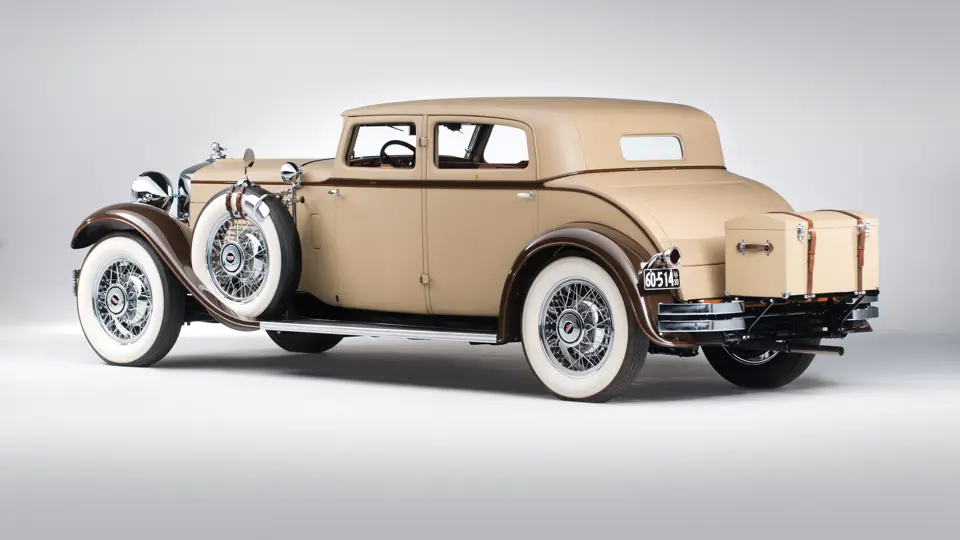



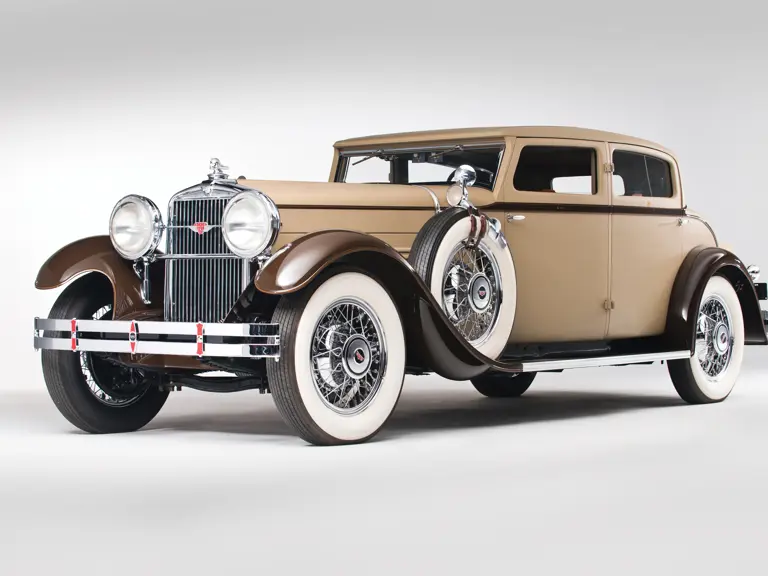
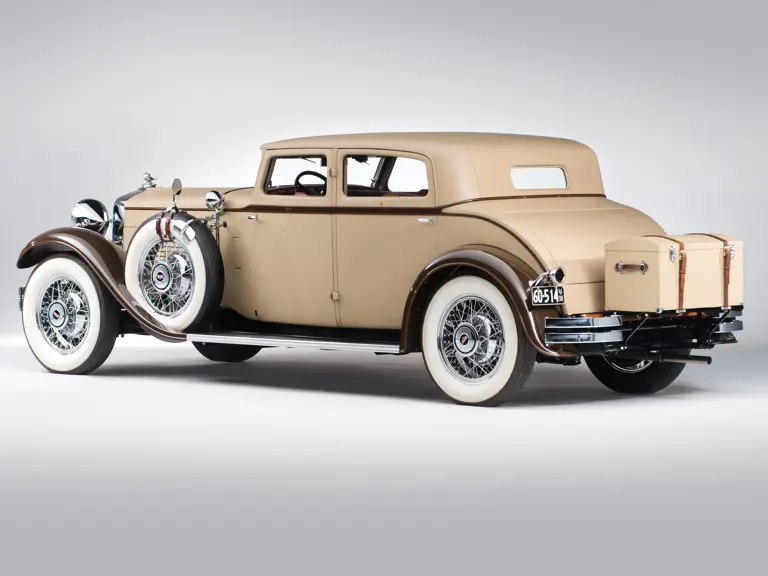

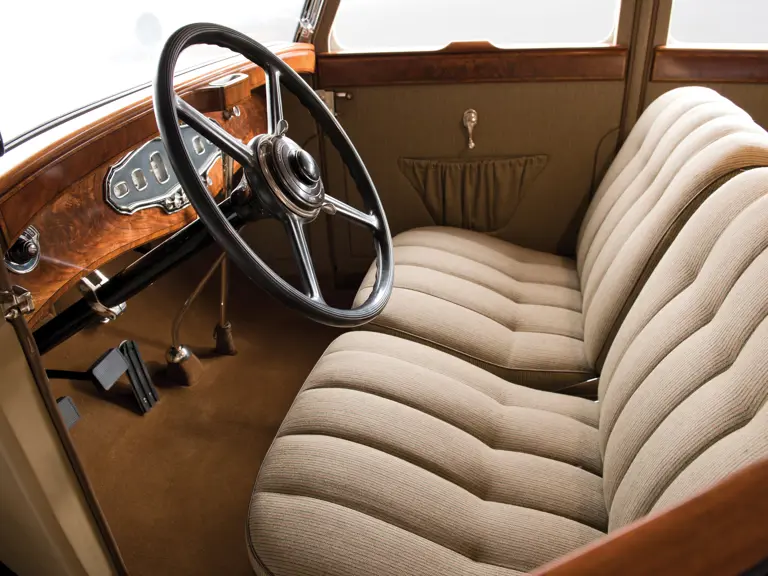
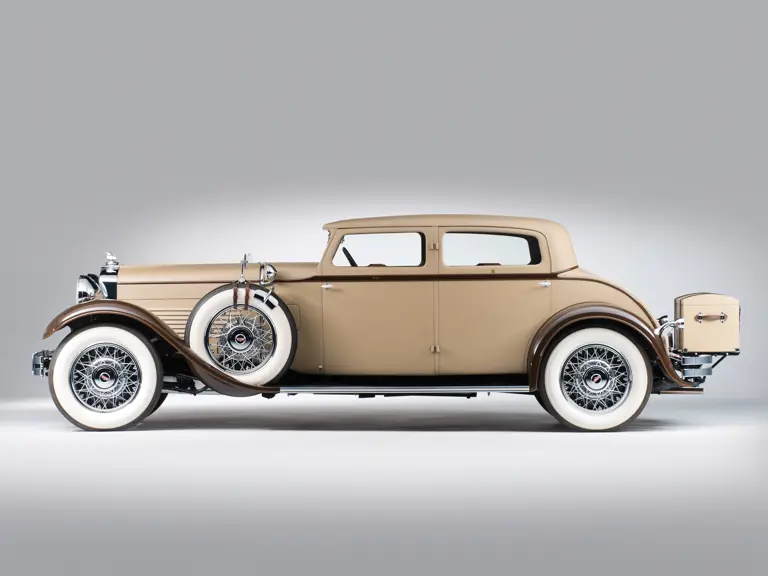
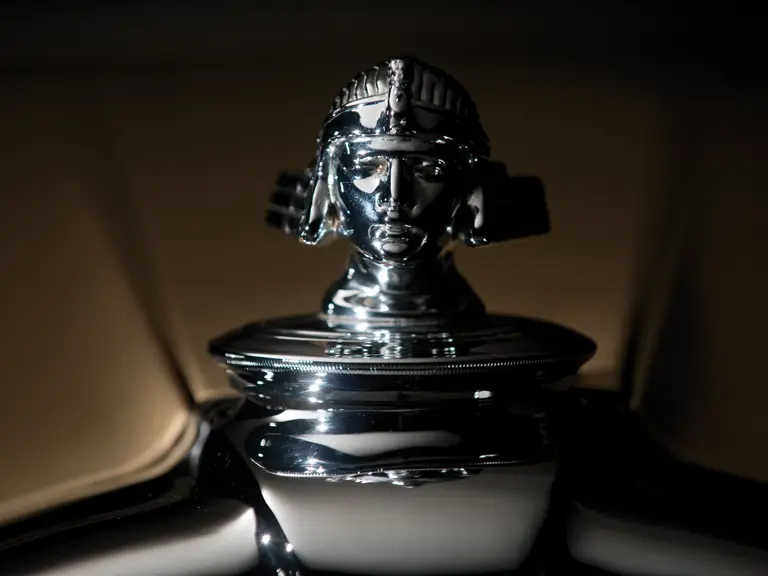

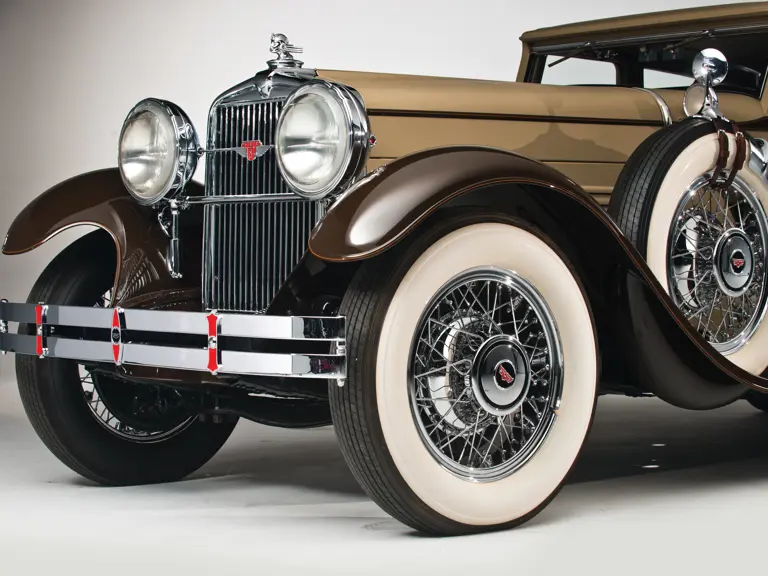
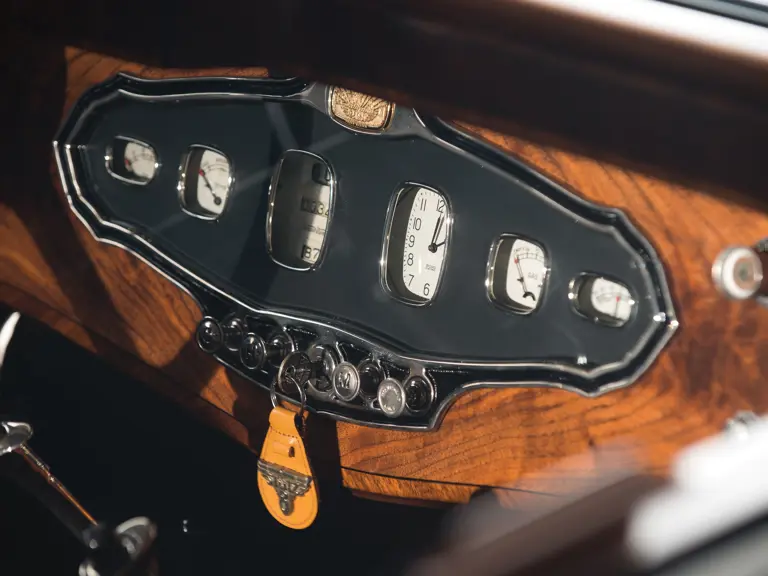
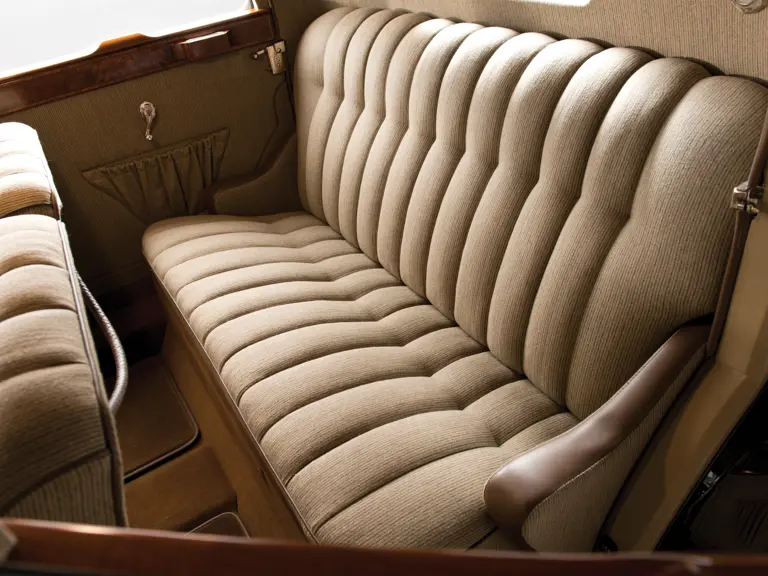
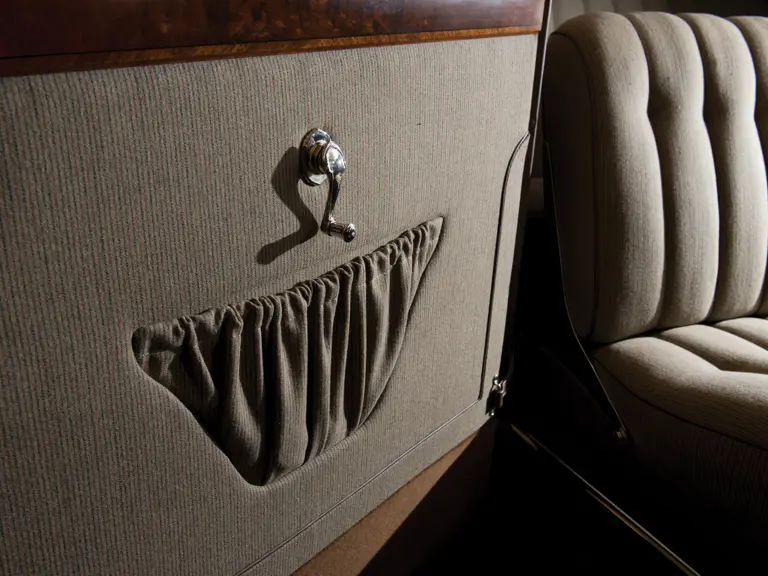
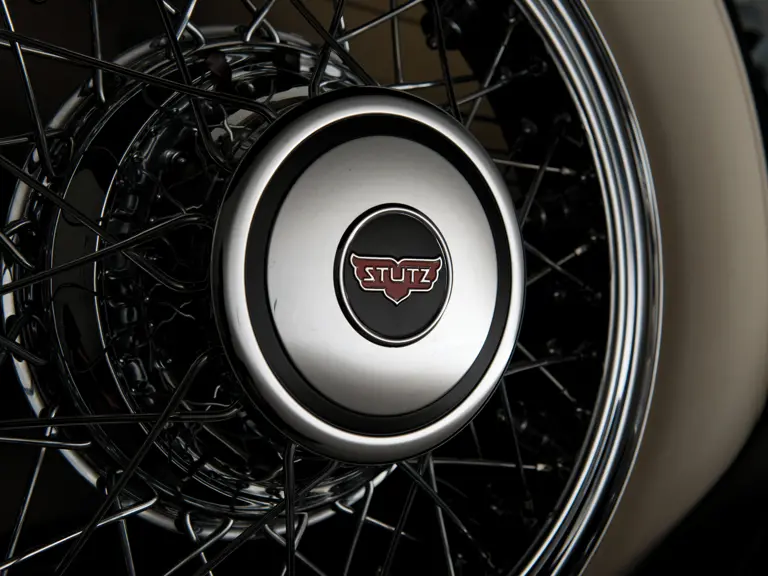
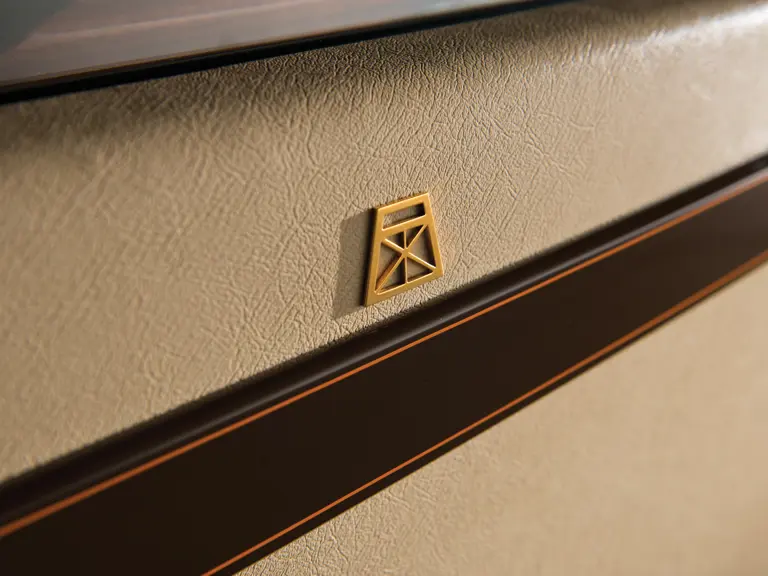

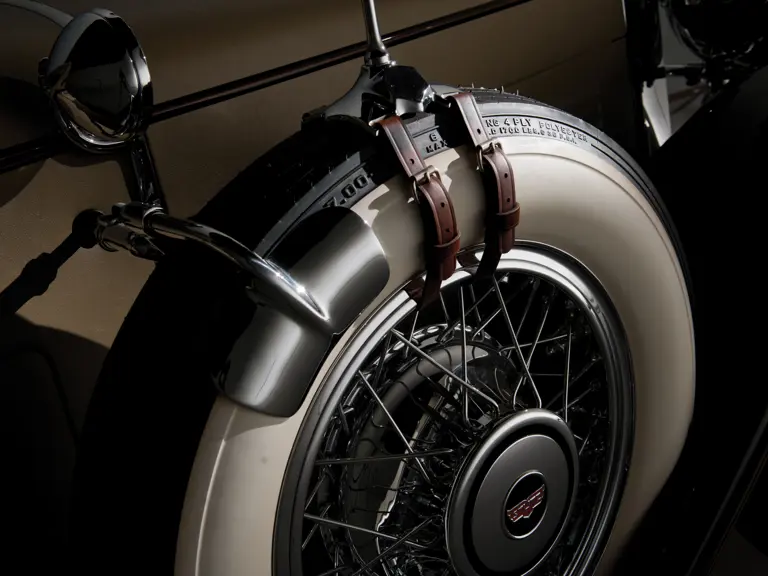
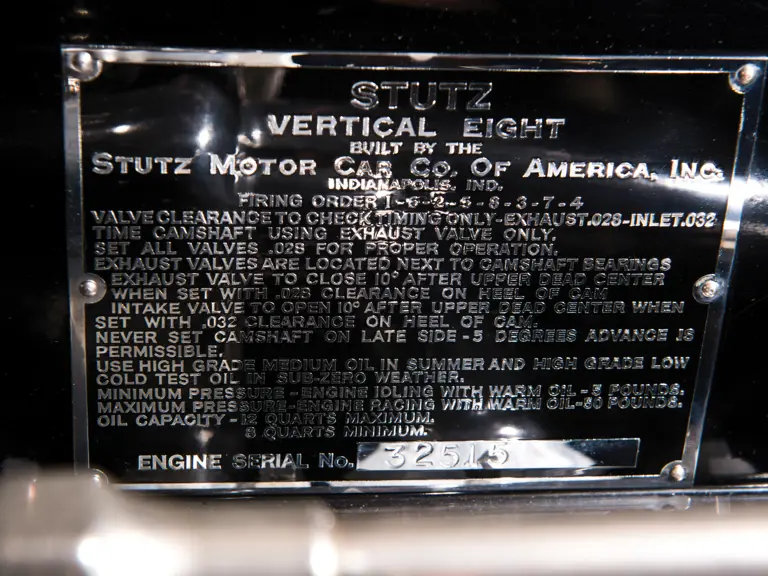

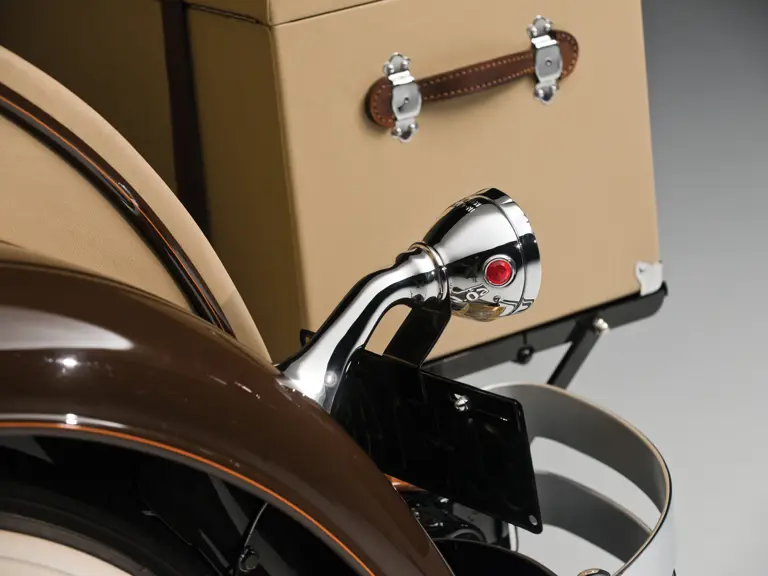
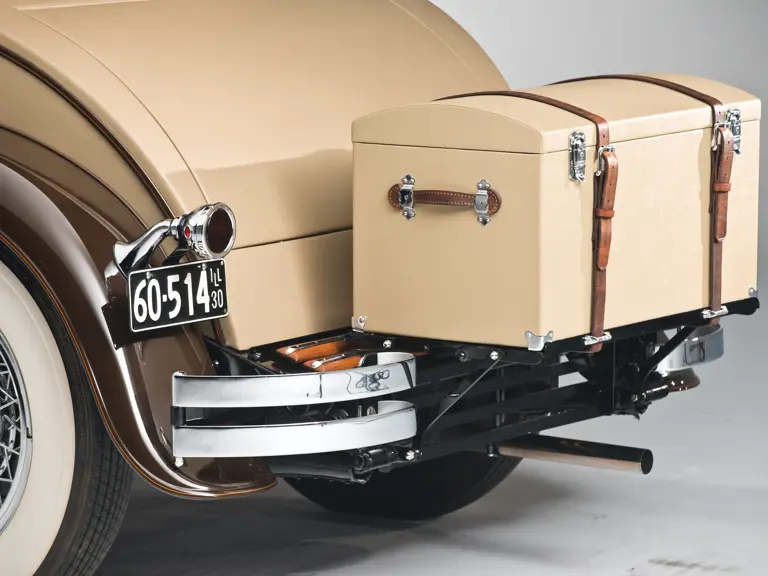
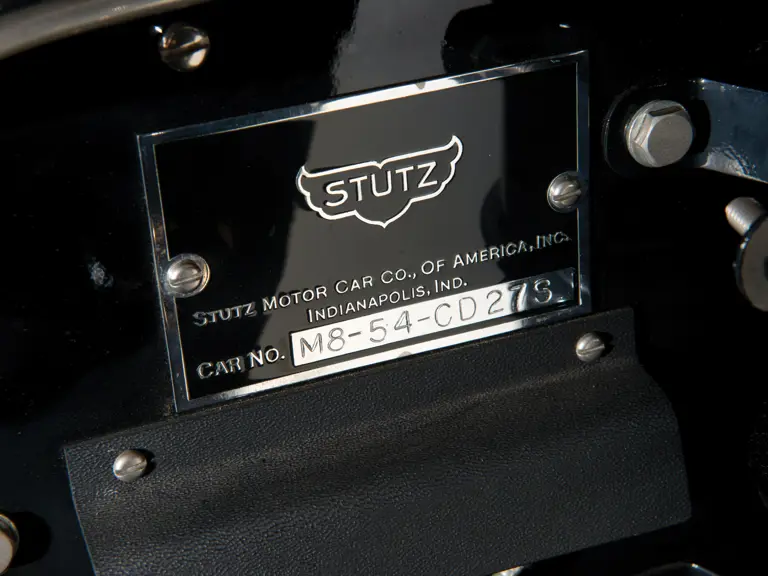
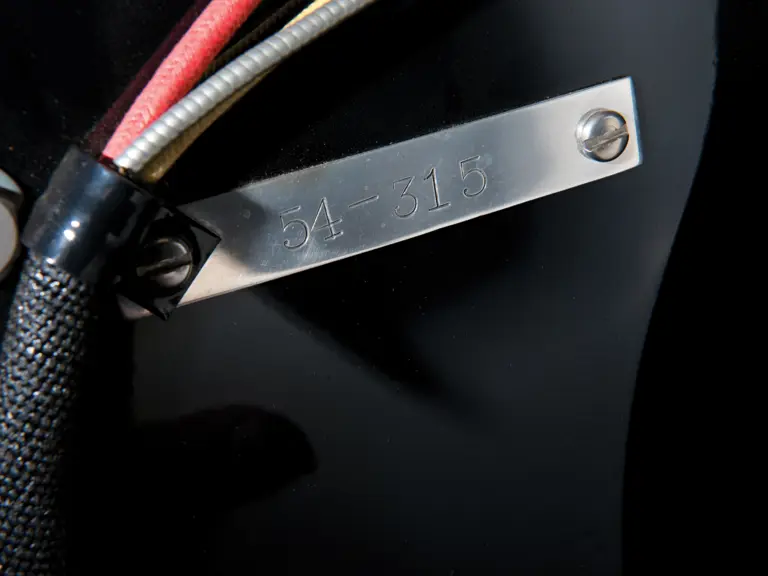
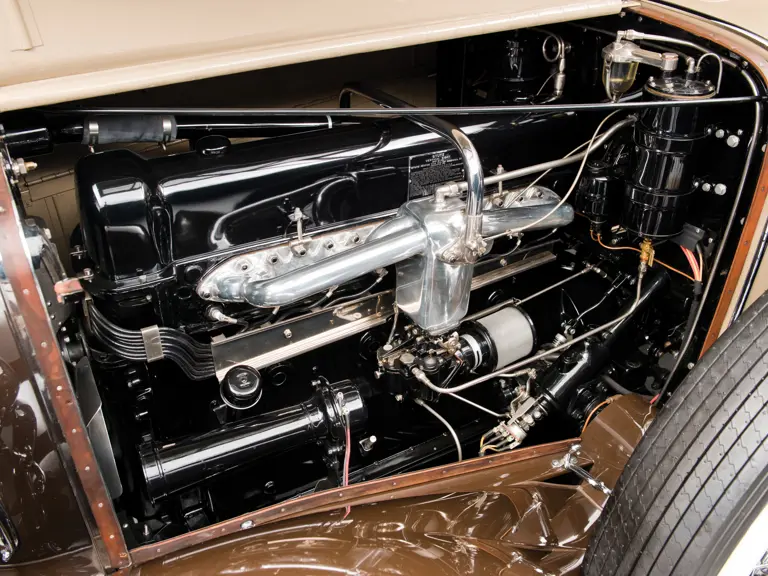


 | Amelia Island, Florida
| Amelia Island, Florida
